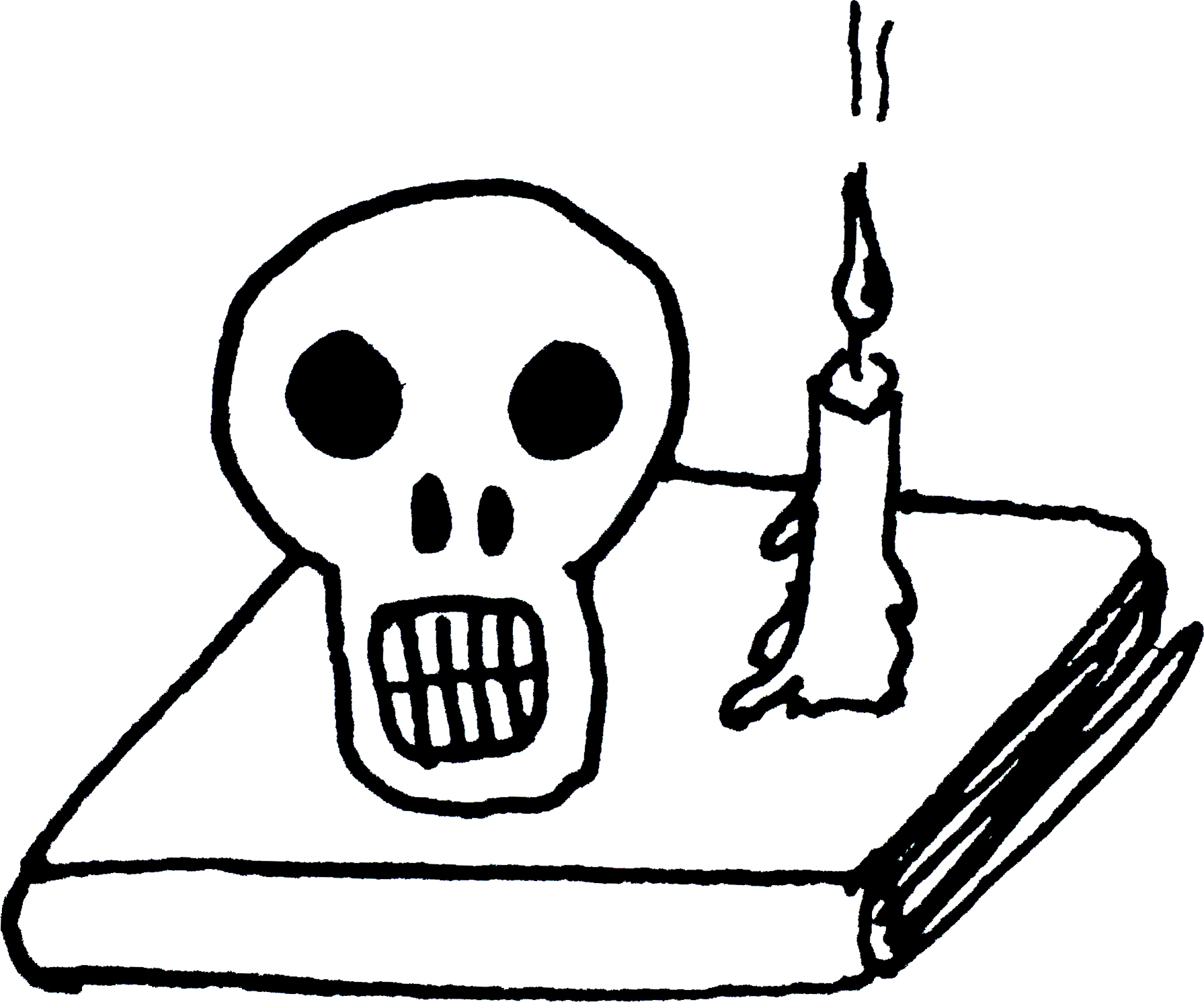The Double Room
“The Double Room” (2020-2021) is a site specific work created for the Campbell House Museum in Toronto. Built in 1822, Campbell House is an inimitable landmark in Toronto’s urban centre and its history is bound to the legal justice system. I created new works onsite based on 19th-century crime scene photographs. These images point to some unexplained occurrences within the house and suggest another reality—hidden situations that take place in the same space but in a different time, or some parallel existence beyond the image’s surface. The photographs function as both mirrors reflecting the spaces in which they are exhibited, such as the dining and drawing rooms, and as windows presenting false memories and fictional narratives that represent the possibility of a hidden past or doppelgänger house that occupies the parallel space beyond the mirror.

Image: Installation view, The Campbell House Museum, Toronto, 2021: Hallway Mirror (2020), transparent foil on antique mirror.
The phenomenon of doubling, or the one of doppelgänger, can be often encountered in gothic literature or surrealist art. It produces the sensation of something uncanny in the viewer, something that is familiar yet deeply unsettling to us. The most common experience of doubling is the act of looking into the mirror. In the mirror, particularly striking difference between the reflection and the reflected is that the right becomes left and left becomes right.
- But where in the space does this inversion happen?
- In one mathematically concrete point.
Indeed it is curious how much, comparatively to the rest of the space, can happen in this small point, in which everything becomes inverted.

Mirror, Cambpell House, 2020
Photography is often compared to a mirror. It also reflects the world and translates it into two-dimensional images, preserving the accurate perspective from the viewer’s point of view. Of course if the viewer moves in front of the photograph, the reflected image remains the same, unlike in the mirror in which the image is never fixed. This fixed photographic image separates itself from the reflected reality and therefore is not bound to any particular place or time. We rarely encounter this fixed reflection in the same moment and place where it was originally taken from. That’s why photographs are also compared to windows, because they usually do not reflect the space in which they are encountered but rather open up to another worlds beyond the transparent-like surface of the image.

Dining Room I, Campbell House, 2020

Dining Room II, Campbell House, 2020
The photographs in this exhibition come from two different series photographed in two different houses – Dennis Severs’ house in London, United Kingdom and Campbell House Museum in Toronto, Canada. They are both very distinctive locations with specific histories but they share some commonalities. Both of the buildings are examples of Georgian architecture but both of them find themselves surrounded by modern high risers that only amplify their belonging to another era. Both are not permanently inhabited and function as museums of sorts. While Severs’ house is filled with what he called “still-life drama”, lending the house a lived-in feeling, Campbell house presents itself to me as a stage to be filled, peopled, brought back to life. I do not want to suggest that these houses are each other’s double, as there is equal amount or more of differences as there are similarities, yet I wanted to reduce the distance between these two places through my work and bring some aspects of Dennis Severs’ house to the Campbell House.

Installation view, The Campbell House Museum, Toronto, 2021
In the ground floors of the house, I explored different ways of mirroring and reflecting reality, hinting on the existence of the exhibition space, in this case the house, beyond the scope of our experiencing it in the present moment. I set myself a task to create images that would suggest another reality, hidden narratives that take place in the same space but in different time or in some parallel reality beyond the image surface.
Drawingon the fact that the Campbell House is bound to the history of legal justice in Toronto, I took inspiration from the 19th century crime scene photographs and decided to stage fictional situations that would hint on some unexplained occurrences within the house. The displayed photographs then function as both, mirrors reflecting the rooms in which they are exhibited and windows presenting false memories and fictional narratives that represent a possibility of a hidden past or doppelgänger house that occupies the parallel space beyond the mirror.

Drawing Room, Campbell House, 2020

Installation view at the Campbell House Museum, Toronto, 2021
In the first floor, there were photographs from the series The Essential Solitude (2018) that were produced almost entirely in one room at Dennis Severs’ house in London. Although at first sight a derelict ruin, the room in the photographs is also a folly created by someone who I’d like to imagine as the 20th century’s answer to Des Essientes, a decadent character from J. K. Huysmans infamous novel À rebours. Des Essientes had transformed his house into a sensual feast in which he surrounded.The Essential Solitude both seeks to capture and question the profound experience of seeing, reading, dreaming and thinking; experiences that can never be fully shared and that one always necessarily experiences alone.

Bird cage, Campbell House, 2020

Installation view, The Campbell House Museum, Toronto, 2021
Copyright: Tereza Zelenkova, 2022
